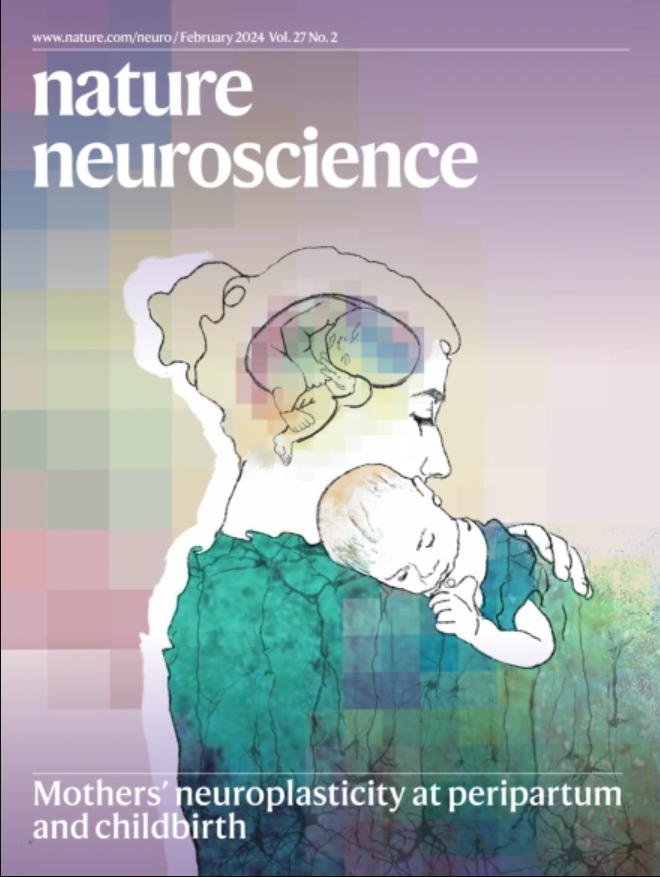Phase of firing does not reflect temporal order in sequence memory of humans and recurrent neural networks
IF 20
1区 医学
Q1 NEUROSCIENCES
引用次数: 0
Abstract
The temporal order of a sequence of events has been thought to be reflected in the ordered firing of neurons at different phases of theta oscillations. Here we assess this by measuring single neuron activity (1,420 neurons) and local field potentials (921 channels) in the medial temporal lobe of 16 patients with epilepsy performing a working-memory task for temporal order. During memory maintenance, we observe theta oscillations, preferential firing of single neurons to theta phase and a close relationship between phase of firing and item position. However, the firing order did not match item order. Training recurrent neural networks to perform an analogous task, we also show the generation of theta oscillations, theta phase-dependent firing related to item position and, again, no match between firing and item order. Rather, our results suggest a mechanistic link between phase order, stimulus timing and oscillation frequency. In both biological and artificial neural networks, we provide evidence supporting the role of phase of firing in working-memory processing. The temporal order of events in working memory is thought to be reflected by ordered neuronal firing at different phases. Here the authors show that this is not the case and that phase order is linked to stimulus timing and oscillation frequency.


放电的相位不反映人类序列记忆和循环神经网络的时间顺序
一系列事件的时间顺序被认为反映在神经元在θ波振荡的不同阶段的有序放电中。在这里,我们通过测量16例癫痫患者在执行工作记忆任务时的单个神经元活动(1,420个神经元)和局部场电位(921个通道)来评估这一点。在记忆维持过程中,我们观察到theta振荡、单个神经元对theta相位的优先放电以及放电相位与项目位置的密切关系。但是,发射顺序与项目顺序不匹配。训练递归神经网络来执行类似的任务,我们还展示了θ振荡的产生,与项目位置相关的θ相位相关的发射,以及发射与项目顺序之间的不匹配。相反,我们的结果表明相序、刺激时机和振荡频率之间存在机制联系。在生物神经网络和人工神经网络中,我们提供了支持放电阶段在工作记忆加工中的作用的证据。
本文章由计算机程序翻译,如有差异,请以英文原文为准。
求助全文
约1分钟内获得全文
求助全文
来源期刊

Nature neuroscience
医学-神经科学
CiteScore
38.60
自引率
1.20%
发文量
212
审稿时长
1 months
期刊介绍:
Nature Neuroscience, a multidisciplinary journal, publishes papers of the utmost quality and significance across all realms of neuroscience. The editors welcome contributions spanning molecular, cellular, systems, and cognitive neuroscience, along with psychophysics, computational modeling, and nervous system disorders. While no area is off-limits, studies offering fundamental insights into nervous system function receive priority.
The journal offers high visibility to both readers and authors, fostering interdisciplinary communication and accessibility to a broad audience. It maintains high standards of copy editing and production, rigorous peer review, rapid publication, and operates independently from academic societies and other vested interests.
In addition to primary research, Nature Neuroscience features news and views, reviews, editorials, commentaries, perspectives, book reviews, and correspondence, aiming to serve as the voice of the global neuroscience community.
 求助内容:
求助内容: 应助结果提醒方式:
应助结果提醒方式:


